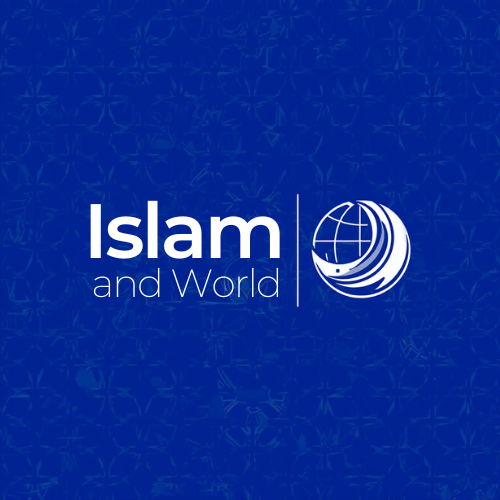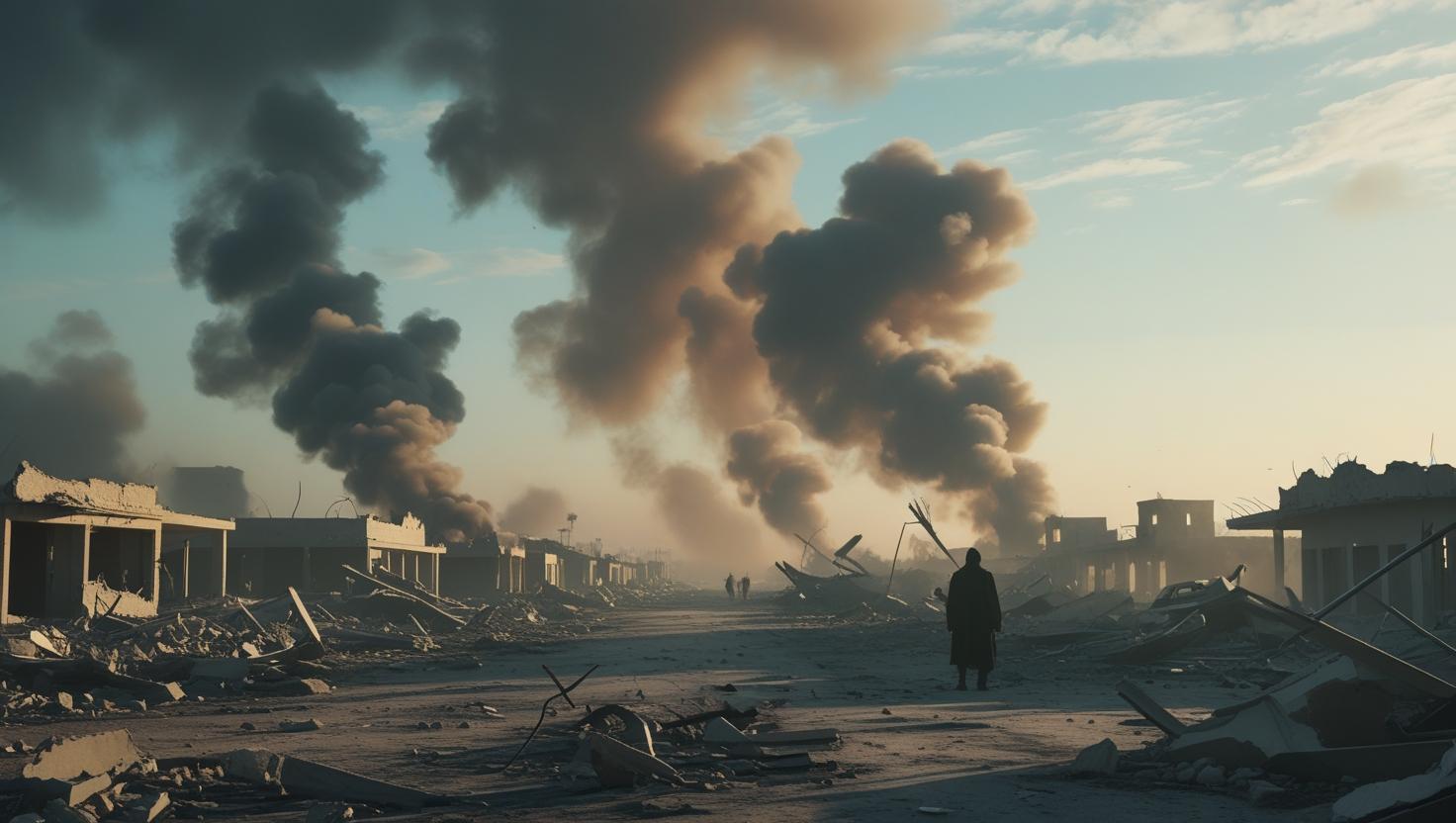Understanding a Complicated Relationship in Simple Terms
The United States and Israel have had a very close relationship for many years. Many people around the world, especially in Muslim countries, often ask: Why does the U.S. support Israel so much? To understand this, we need to look at history — step by step.
Let’s go through it in a simple and clear way.
1948 — The Beginning of Israel
In 1948, Israel was created on land that was already home to Palestinians, most of whom were Muslims and Christians. After World War II and the Holocaust, Jewish people wanted a homeland where they could be safe. The United Nations voted to divide Palestine into two parts — one for Jews and one for Palestinians.
But the plan was unfair: Palestinians were given less land, even though they were the majority.
Many Palestinians were forced out of their homes, and several Arab countries went to war with the new Israeli state. Israel won, and the U.S. was one of the first countries to recognize it as a nation.
1950s–1960s — U.S. Begins to Support Israel More
At first, the U.S. was not fully involved in the Middle East. But as the Cold War grew (the fight between the U.S. and Soviet Union), the U.S. wanted strong allies in the region. They began to see Israel as a useful partner.
In 1967, during the Six-Day War, Israel attacked neighboring Arab countries and took over Jerusalem, the West Bank, Gaza, and more land. The U.S. did not stop Israel. In fact, from this point on, U.S. support for Israel grew stronger.
Military and Money Support
From the 1970s until now, the U.S. has given Israel billions of dollars in weapons, military equipment, and financial aid. In fact:
- Israel is the #1 country receiving U.S. foreign aid.
- The U.S. gives Israel about $3.8 billion every year.
- U.S. weapons are often used in wars in Gaza and the West Bank.
The U.S. says this support is for Israel’s “security,” but many around the world — including human rights groups — say this support helps Israel continue its occupation of Palestinian land.
U.S. Veto Power at the UN
The United Nations (UN) has often criticized Israel for building illegal settlements on Palestinian land and for its attacks on civilians in Gaza. Many countries have voted to stop Israel.
But the U.S. has used its veto power (a special ability to block decisions) to protect Israel from international punishment dozens of times.
This has made many people feel that the U.S. is not a fair peace-maker but is biased in favor of Israel.
Peace Talks — But Still No Peace
Over the years, the U.S. has tried to bring peace between Israel and Palestine. There have been many meetings and peace talks. But most of them fail because:
- The U.S. refuses to pressure Israel to stop building on Palestinian land.
- Palestinians are often not treated as equals at the table.
- The U.S. usually blames Palestinians more than Israel when talks collapse.
Many people say the U.S. is not neutral and is too close to Israel to bring real peace.
Recent Years — Gaza and Genocide Accusations
In recent years, especially during the 2021 and 2023 attacks on Gaza, Israel has killed thousands of Palestinian civilians. Videos and reports showed hospitals, schools, and homes being destroyed.
Still, the U.S. continued to support Israel and even sent more weapons during these attacks. This has led many people — including Jews and Americans — to protest and say that U.S. tax money is funding war crimes.
Some international courts and human rights groups have even accused Israel of genocide against Palestinians.
The U.S.–Israel relationship is strong, but it’s also full of controversy and pain. Many people believe the U.S. should use its power to help both sides fairly, not just support one side no matter what.
Understanding this history helps us ask better questions:
- Is U.S. support for Israel helping peace?
- Should American tax money fund wars and occupation?
- How can justice and freedom come to Palestine if one side has all the power?
Only by asking these questions — and learning the full truth — can we move toward real peace.
If you found this blog helpful, share it with others who want to understand what’s really going on in the world — beyond the headlines.
Would you like a version of this post turned into a timeline infographic or educational video script?

